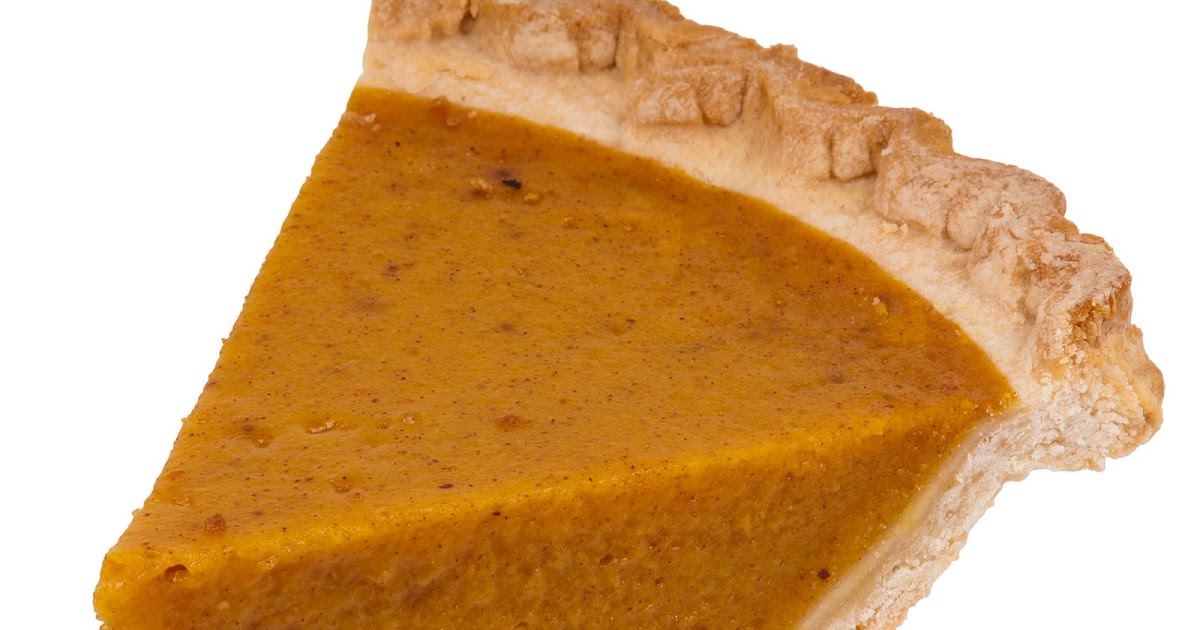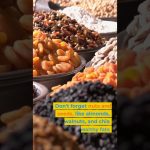Thanksgiving is a special time in the United States when we gather our loved ones and celebrate the abundance of fall with a rich palette of traditional foods. Yet a new study suggests that the 6-week holiday period that spans Thanksgiving, Christmas, and New Year’s Eve accounts for most of our country’s weight problem (1). Understanding this fact, and why it happens, gives us powerful insights into why we gain weight, and what to do about it.
Elina Helander, a postdoctoral researcher at Tampere University of Technology in Finland, and her colleagues set out to answer a simple question: how does a person’s body weight change over the course of the year? To find out, they used internet-connected scales to collect daily body weight data from nearly 3,000 volunteers in the United States, Germany, and Japan. After crunching the data, a striking pattern emerged: no matter what you celebrate, at any time of year, the holidays are likely to be your period of greatest weight gain.
In the US, our ascent begins at Thanksgiving, when we enjoy our iconic feast and well-meaning relatives inundate us with delectable treats. And as the deluge of food continues through Christmas and the New Year, we reach our peak weight. After the New Year, many of us dutifully step into our jogging shoes and try to work off the extra flab, but on average we lose less than half of it. Each holiday season, our weight ratchets up a little bit, and in many people this eventually leads to obesity. A complementary study shows that twelve percent of the year accounts for more than half of our annual weight gain (2).
In Germany, the situation is similar, minus Thanksgiving. Most annual weight gain occurs around Christmas and the New Year, with a smaller bump around Easter. Could it be that the human body simply wants to gain weight in winter, perhaps as a way of insulating itself and guarding against famine? Maybe the weight gain has nothing to do with the holidays after all? The data from Japan put this idea to rest. In Japan, the largest weight gain doesn’t occur in winter, but in spring. This gain coincides with the Golden Week, a holiday period in April and May during which Japanese people celebrate nature, children, and their national constitution. The conclusion is clear: holidays themselves are a major driver of weight gain.
The basic explanation for this is no great mystery: during the holidays, we simply eat and drink too much, and some of those excess calories get shunted to our love handles. But to understand why this happens, we must turn to the brain, the organ that generates all behaviors, including eating.
The human brain is the product of millions of years of survival in the face of scarcity, and it has a number of hard-wired tricks up its sleeve that helped us stay alive in the world of our distant ancestors. One of these is an important function called reward, which mostly whirrs away below our conscious awareness. In a nutshell, every human brain is wired with specific motivations that help us seek the things that are good for us, including physical comfort, sex, social interaction, water, and of course, food (3). But not just any kind of food: the brain isn’t wired to make us crazy about celery sticks and lentils, but rather to seek concentrated sources of fat, starch, sugar, and protein that would have met the rigorous demands of ancient life (4, 5, 6). In everyday experience, we feel cravings as we smell turkey roasting in the oven, or see a slice of pumpkin pie obscured by a generous dollop of whipped cream. This craving, along with the enjoyment we feel as we eat delicious foods, is the conscious manifestation of reward.
But reward isn’t solely triggered by a food’s composition. The human brain is fundamentally opportunistic, and always on the lookout for a good deal (7). It wants you to get the most benefit for the least sacrifice. You may not be willing to work an hour for five dollars, but you would probably sacrifice two seconds to pick up a five dollar bill on the sidewalk. Similarly, you may not be up for hunting a wild turkey, threshing wheat, or harvesting sugarcane, but when appealing food is readily available in your immediate environment—such as a Thanksgiving spread—your brain urges you to take advantage of it (Brian Wansink. Mindless Eating. 2008). The sights, smells, sounds, and tastes that accompany delicious foods within arm’s reach are reward triggers that drive our motivation to eat, even if we’ve already eaten more calories than we need. By the time our brains throw the emergency brake to limit the metabolic damage of a feast like Thanksgiving, we’ve already eaten far too much.
But the story doesn’t end there. Another brain function, called habituation, also chips in to drive up our food intake. Habituation is one of the oldest and most basic functions of the nervous system, and it simply makes us respond less and less to a specific stimulus the more we encounter it (9, Michael Domjan. Principles of Learning and Behavior. 2014). For example, if you see a new billboard on your way to work, you might glance at it, but after a week it becomes part of the background and you stop paying attention. Food works the same way, thanks to a property called sensory-specific satiety. What this means is that your feeling of fullness (satiety) is specific to the particular foods you ate (11). You may be completely sated by what you’ve already eaten, but still ready and willing to eat something different. So while your “first stomach” may be full of turkey and stuffing, your “second stomach” still has room for pecan pie and vanilla ice cream. If your only option were more turkey and stuffing rather than pie, you probably wouldn’t eat them.
In practice, what this means is that we eat more total food as the variety in a meal increases (12). This is often called the “buffet effect,” and chances are, your personal experience confirms that this name is apt.
Together, the instinctive functions of your brain conspire to parlay the abundance of the holidays into an extra layer of body fat, as insurance against a future scarcity that never arrives.
This might seem grim, but it’s actually quite empowering. If more than half of our annual weight gain comes from twelve percent of the year in the US, then just a little vigilance will go a long way toward constraining the expanding waistline that most of us experience. And if we know why we eat too much during that period, we can do something about it. Here are three tips you can use to fight back against your brain’s hard-wired drive to make you overeat.
1. Control your food environment. If the reward trigger—such as the sight or smell of cookies—isn’t present in your immediate surroundings, it won’t make you crave, and you won’t have to fight yourself to avoid eating it. The most effective way to do this is to purge your home and work environments of tempting foods that don’t support a healthy weight. If a friend brings over a pie, say thanks, eat a small piece, and find another home for the rest.
2. Create small effort barriers to eating the food that is available. If you have to open a cupboard, unscrew a jar, peel an orange, or shell nuts, chances are you’ll only eat them when you’re genuinely hungry.
3. Focus on simpler meals. Rather than providing the riot of dishes that normally defines Thanksgiving, pick a few traditional items and stick with them. Instead of serving three different desserts, choose only one. Chances are, you and your family will enjoy the holidays as much as ever, without the long-term consequences.


